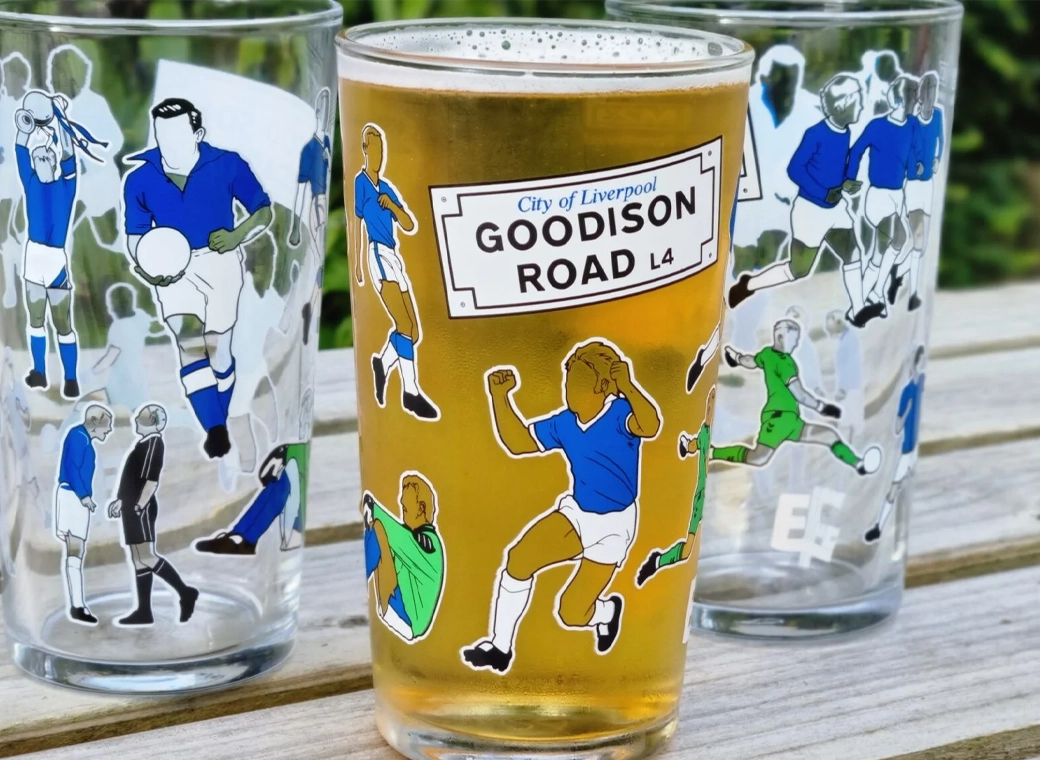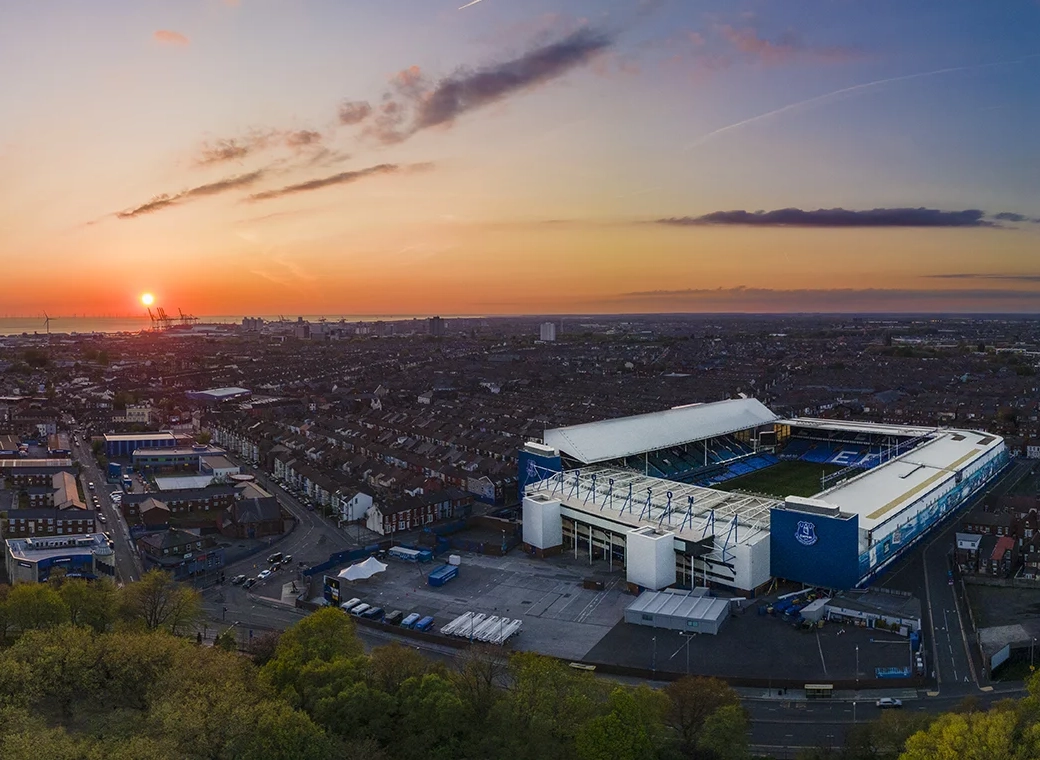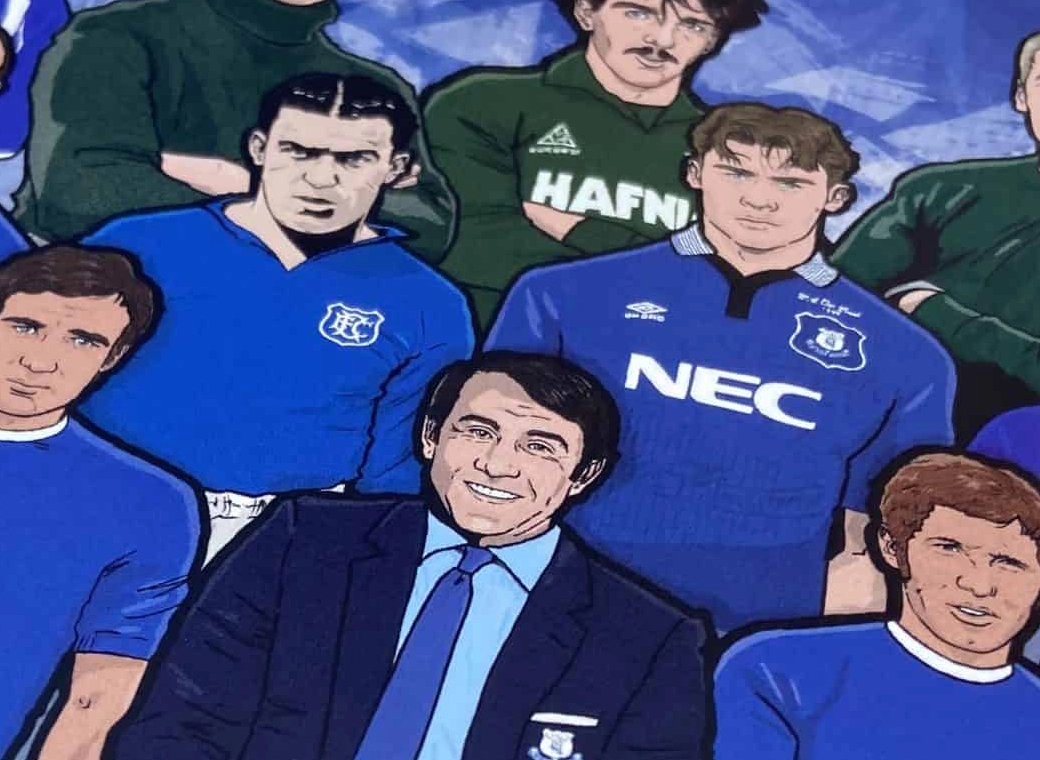Great article by Paul Hayward on the building of the Minnesota Vikings new stadium:
http://www.telegraph.co.uk/american...the-minnesota-vikings-us-bank-stadium-the-wo/
New stadiums tend to disappoint,
just ask West Ham fans. There are years of anticipation stoked by Utopian artists' impressions, visions of modernist dreamscapes packed to the rafters with cheering fans celebrating a team that never loses.
The reality is inevitably fraught with logistical difficulties, teething troubles and often, regret.
There's little of that in Minneapolis at the moment, where the NFL's Minnesota Vikings have played four and won four so far this season. They have just opened a new 66,000-capacity stadium that looks so outrageous it feels like it shouldn't exist.
The US Bank Stadium is a vast slab of asymmetric glass and metal that towers over an entire district. It is a building full of architectural superlatives: the largest translucent roof in North America; the biggest opening glass doors in the world. Wembley, which hosted the first of three annual British NFL games last Sunday, looks dated by comparison.
The genesis of the stadium owes much to a public-private partnership
which will also be familiar to West Ham fans. Of a total cost of $1.1nb (£850m), $498m (£383m) came from the public purse. This is not an unusual situation in American sports, where teams are invariably referred to as "franchises," with all the veiled threat of relocation that word implies.
Owners often attract criticism for holding their cities to ransom over funding for new stadiums.
Stan Kroenke, the majority shareholder of Arsenal, uprooted his St Louis Rams to Los Angeles last summer. Guaranteeing the Vikings' future in Minnesota was dependant on their expensive new home.
"We did four years of work in one year," says R.T. Rybak, the former mayor of Minneapolis who did much to broker the deal. "It's probably not coincidental that two days after I left office I had a heart attack.
"I was expecting to have a final year in office when I went around, gave little speeches, and people gave me little plaques or something, but the only plaque wound up being what developed on my heart."
The Vikings old stadium, on the same site as US Bank, was built in 1982 and showing its age by 2010 when its inflatable roof collapsed under the weight of a particularly vicious blizzard.
There's no danger of that in the new stadium, which has a slanted roof designed to disperse snow during the harsh Minneapolis winters when temperatures regularly reach frightening parts of the thermometer.
When the Vikings played the Seattle Seahawks, in their temporary, roofless stadium in the playoffs last January, it was -21 °C. Yet there were still calls for their new home to have a roof which would open.
"It would have been dramatically more costly to have a retractable roof," says Rybak, "but many people were saying that was essential for a place where winters are very cold but in the summer we are desperate to be outside.
"The breakthrough came when we determined that on a beautiful summer day in Minnesota you don't take the roof off your house, you go on the screen porch. So the walls opened up, and the world's largest glass doors now swing open.
"The Metrodome felt like you were gasping for air in a giant marshmallow. It was dank and stuffy, just one of the least attractive stadium in the world, I think. I never like to see any sort of destruction but we were happy to blow that thing up."
Rybak believes the lure of LA, which was without an NFL team until Kroenke's Rams moved, was tempting to the Vikings' owners.
Despite his reservations about public money being used to help wealthy sports teams, Rybak argued for US Bank partly because of its unusual location. Most NFL teams play in distant suburbs, but the Vikings' new home is a brief stroll from the centre of the city.
"Our old stadium was was surrounded by parking lots, so I liken this to the difference between spaceships," he says. "The old stadium was a ship that landed and everybody ran. This is a spaceship that landed and everybody ran to meet our new friends from outer space.
"I only use that analogy because these structures are monolithic, and they can only be woven into the district if you do it extremely intentionally."
He and Vikings president and co-owner Mark Wilf are keen to talk up the stadium's role in regeneration. "There is a lot of economic development in this area," says Wilf. "Almost a billion dollars has been spent already. There are 20-plus projects ongoing and a new public park for the citizens to enjoy."
But his team's focus has been on what's inside the stadium, and making it an attractive proposition for fans already well-served by TV coverage. Those looking for the prawn sandwich experience are certainly well-served.
Hospitality suites range from pitch-level boxes that put supporters in close proximity with the players as they emerge from the dressing room to "Club Purple", which is effectively an in-stadium nightclub. Members watch the game from plush sofas instead of plastic seats, and can warm up around a fire pit on a deck overlooking the city during breaks in play.
"We have great food choices, wider concourses, great technology," says Wilf. "The stadium Wifi gives fans connectivity from their seats to watch replays or order express food services and get traffic alerts.
"We also have the closest seats in the NFL, our first row general admission is 41 feet from the sideline which puts you so close to the action. All levels of fans from our general admission to our top suite owners are going to have an amazing experience."
That's if they can afford it. Season ticket holders had to fork out a one-off fee of $3,500 (£2,690) for a "personal seat licence" on top of the annual cost of their ticket. That has rankled for local fans who already like they've paid more than their fair share for the stadium through taxes.
Wilf describes the public funding of the stadium as "economic necessity," and justified. "We think we've created an asset that the whole community and the whole country can appreciate," he says. "The whole world, really. We think this is the finest sports and entertainment facility in the world."
On opening night against the Green Bay Packers this statement looked justified. Vast concourses teemed with purple jerseys, two enormous screens inside the main bowl means there's not a bad seat in the house and the Vikings emerged through a ship spitting out an enormous ball of fire.
The noise levels are comparable to anything in European football, if less sustained, given the sportus interruptus nature of American Football. Yes, it's excessive, but it's such thorough, and well-planned excess. The experience is streets ahead of anything available in the UK.
"As I was coming out of the stadium and seeing 60,000 people streaming out into the city right onto the park, I looked at my wife and said 'this is exactly what it looked like when I was daydreaming'," says R.T. Rybak. "My wife told me about childbirth, how after all the pain goes away all you think about is the good stuff - I finally understand."









